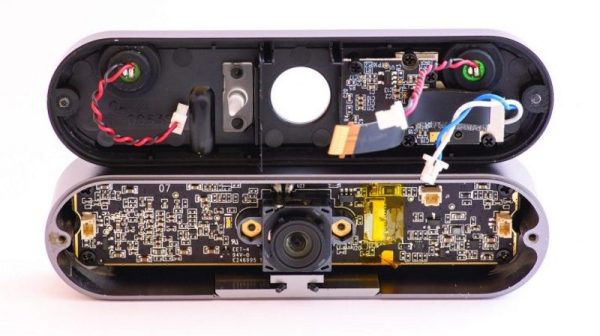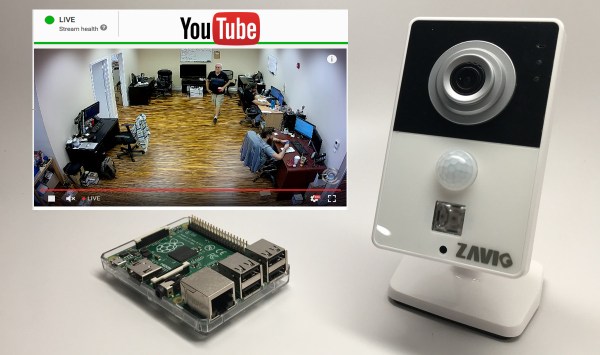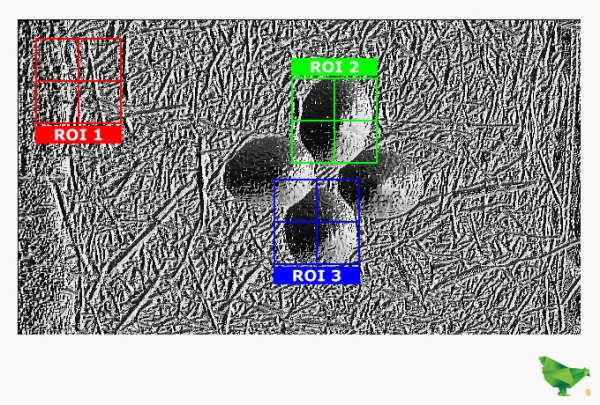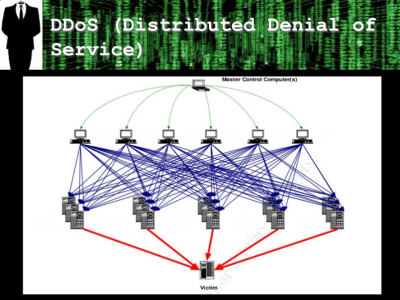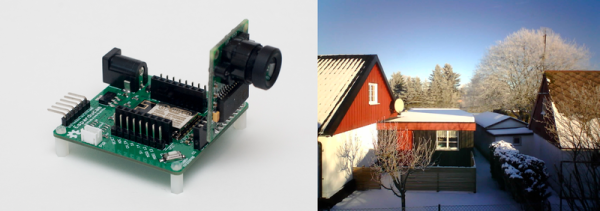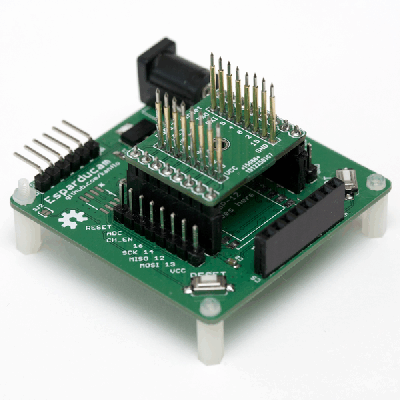“What are you looking at?” Said the wrong way, those can be fighting words. But in fields as diverse as psychological research and user experience testing, knowing what people are looking at in real-time can be invaluable. Eye-tracking software does this, but generally at a cost that keeps it out of the hands of the home gamer.
Or it used to. With hacked $20 webcams, this open source eye tracker will let you watch how someone is processing what they see. But [John Evans]’ Hackaday Prize entry is more than that. Most of the detail is in the video below, a good chunk of which [John] uses to extol the virtues of the camera he uses for his eye tracker, a Logitech C270. And rightly so — the cheap and easily sourced camera has remarkable macro capabilities right out of the box, a key feature for a camera that’s going to be trained on an eyeball a few millimeters away. Still, [John] provides STL files for mounts that snap to the torn-down camera PCB, in case other focal lengths are needed.
The meat of the project is his Jevons Camera Viewer, an app he wrote to control and view two cameras at once. Originally for a pick and place, the software can be used to coordinate the views of two goggle-mounted cameras, one looking out and one focused on the user’s eye. Reflections from the camera LED are picked up and used to judge the angle of the eye, with an overlay applied to the other camera’s view to show where the user is looking. It seems quite accurate, and plenty fast to boot.
We think this is a great project, like so many others in the first round of the 2018 Hackaday Prize. Can you think of an awesome project based on eye tracking? Here’s your chance to get going on the cheap.
Continue reading “Low-Cost Eye Tracking With Webcams And Open-Source Software”


